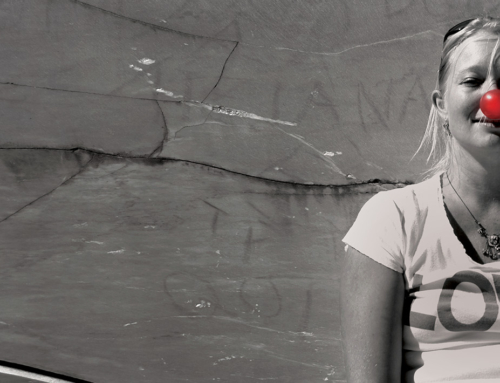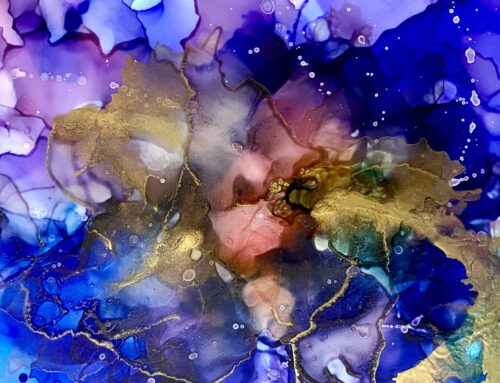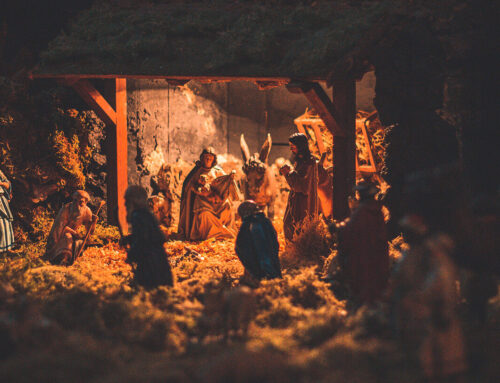Some of my favorite characters from the Christmas story are the wise men. Even though I know the stories aren’t historically true, I love that each character represents a part of me. As I have mentioned in the previous two articles, the narratives we have for the birth of Jesus are found in two of the Gospels, Matthew and Luke, and they are very different stories from each other. Biblical scholarship over the last 30 years has opened wide the conversation about what the birth narratives are really all about. What is important is that we bring the past into our present and into our future. We must ask ourselves what it means for us now to take seriously what these stories meant for them then.
Yesterday we obeyed kings and bent our necks before emperors. But today we kneel only to truth, follow only beauty, and obey only love. – Rumi
So let me remind you why we cherish the Christmas story and all the characters that speak to us—angels, a manger, the animals, shepherds, the Magi, and Mary and Joseph. It is a rich and profoundly archetypal story, which draws upon the Biblical material that was well-known in the first-century Jewish world, including to the writers of the Gospels. How we understand, think about, hear, read, and interpret the Gospel stories matters. What they can teach us about Jesus’ birth is that we are being asked to bring into being a new wisdom, a new way of being. This is why I am less concerned about factuality, and more alive with the energy of what the meaning is for Christianity today and the commitment to bringing the archetypes alive in our Christmas myth.
There are a multitude of gifts inherent in Christmas, and this year I find myself drawn to three, ironically, as represented by the gifts of the Magi. As the story goes in the Gospel of Matthew (the writer of the Gospel of Luke does not include them in his version), there are wise men, not kings, from the East, who bring three gifts to baby Jesus: gold, frankincense, and myrrh. Matthew does not tell us there are three men, only that there are three gifts. Later Christian tradition called them kings and gave them the names Caspar, Melchior, and Balthasar.
There is very little to say about the wise men, since it’s generally accepted they aren’t historical figures. The Magi are pagan figures searching the heavenly stars for a sign, for confirmation of where to find the new birth they seek to adore. Yet they are characters the writer of Matthew found important enough to include in his parable of Jesus’ birth. Again, how we understand and interpret the stories matter. In looking through a first-century Jewish lens, I ask myself who the writer of Matthew imagined them to be?
As I reflect on who Matthew might have thought these men to be, what is most alive is the archetypes and consciousness they represent for me. Like every element of our Christmas story, there is much to learn about the archetypes, which are all the characters that bring the story to life, that give it meaning and make it so enduring—and are alive in and as each one of us! Archetypes are collectively inherited, ancient old, unconscious ideas, patterns of thought, and images that resonate deeply within the human family. When we tap into these archetypes, these universal truths, we are taking the awe and wonder of our stories, which have no words, and bringing them into manifest form. We bring the invisible world into reality. Those feelings of awe and wonder that echo throughout Christmas are about a new creation story; we feel the human heart come alive again and again, but we can’t do it without the “magi” and the gifts they bring us.
Marcus Borg, internationally known biblical and Jesus scholar, tells us, “They are magi (translated into English as “wise men”), a word from which we get ‘magician.’ But they were not magicians in the modern sense of the word. Rather, the word refers to a kind of religious figure: magi had wisdom by being in touch with another reality. Their wisdom was a ‘secret wisdom,’ a kind not known by ordinary people … magi were people with a more than earthly wisdom. The magi in Matthew’s story come ‘from the East.’ What matters for Matthew is that they are Gentiles. As Gentiles, they are from ‘the nations.’ Wise men from the nations are drawn to the light of Jesus, kneel before him, and pay him homage.”
We are each wise men, we each seek to learn how the world works and to use that knowledge to create a world that works for all. The magician, or wise one, understands the link between the unseen world of the divine and our world here on earth, and moves between those worlds, bringing the ideas of love, compassion, joy, peace, hope, and so many others, into manifest form. We are drawn to the light of the divine and our real purpose, as magi, is fulfilled in the way we move back and forth between those two planes of existence. In the Sufi tradition “where the two seas meet”—human and divine—is where the true meaning of our existence is revealed.
We celebrate the birth of a man each Christmas because he was a master teacher whose primary teaching was the kingdom of heaven is within you. So if I am following in his footsteps, his way of being, then the question becomes, Am I creating heaven here on earth? Or in my own lexicon, am I treasuring and expressing the beauty of my human experience? Do I understand and teach the spiritual principles that have transformed my life? Am I extending my hand to the person next to me, so they know they belong and that they matter? Heaven is a consciousness we come from, not a destination, so the gifts of the Magi become a consciousness made up of three eternal windows that create heaven on earth—beauty, truth, and goodness.
Plato was the first philosopher to write about beauty, truth, and goodness, although they have been the focus of inspiration and knowledge for much longer. Philosopher Peter Kreeft refers to them as “God’s three great prophets in the human soul.” Beauty is the way of the heart, it is about feeling the sweetness of life. Truth is about discerning what is real in experience, it is the way of knowledge, or the head. Goodness is our understanding of being with each other, with all life, it is our hands in service to and for the divine.
In the Gospel, the gifts are gold, frankincense, and myrrh—rare and precious in Jesus’ world and reserved for kings, or those highly esteemed. When I imagine what the writer of Matthew was thinking and why he has these wise men from other nations go in search of a child who is called the prince of peace and the light of the world, in order to kneel before him, I can’t help but wonder when was the last time I thought about another person with such devotion. When have I left the comfort of my home, followed a star, carrying priceless gifts, and knelt before them to see the Christ of their being?
When was the last time I stopped and thought about myself or someone else as being worthy of gold, frankincense, and myrrh? If this is indeed our story, if we are the characters in this story, then we are worthy of the recognition of the brilliance of our potential, we are worthy of that honor. The image the Magi create for me is one of devotion, of ultimate caring and belonging – this is my heaven. Their three gifts are physical representations of our beauty, of how wonderful we are!
While I may not literally leave home and follow a star, have I gone seeking to find the Christ, the perfect love that is you and me in order to know heaven right here and now? Beauty, truth, and goodness are my Star of Bethlehem, leading me home, leading me to the light. There’s something about the life of Jesus that we are drawn to, there’s something about the life of this man that is offered to me in terms of a life lesson. I am mining the Christmas story and imagining what the writer had in mind and why he put the wise men into the story, and the part that stops me, that literally takes my breath away, is that they are seeking the light and kneeling before it, to pay homage. That is how I look at these ideals, as something for me to kneel down before, a metaphorical surrender, which is an inner opening, to my own light and to the light of each life in our world.
The Christ energy is born into my world when I kneel and receive these gifts. And then I am responsible for giving them back to the world. The life of Jesus is exactly this, and the gifts of the Magi are calling us each to step into this story, to own it for ourselves. The Christmas story heralds the birth of a person who loved selflessly, with all his heart, mind, and strength, and any person who loves in this way is fully alive with beauty, truth, and goodness, the gifts of the Magi.





